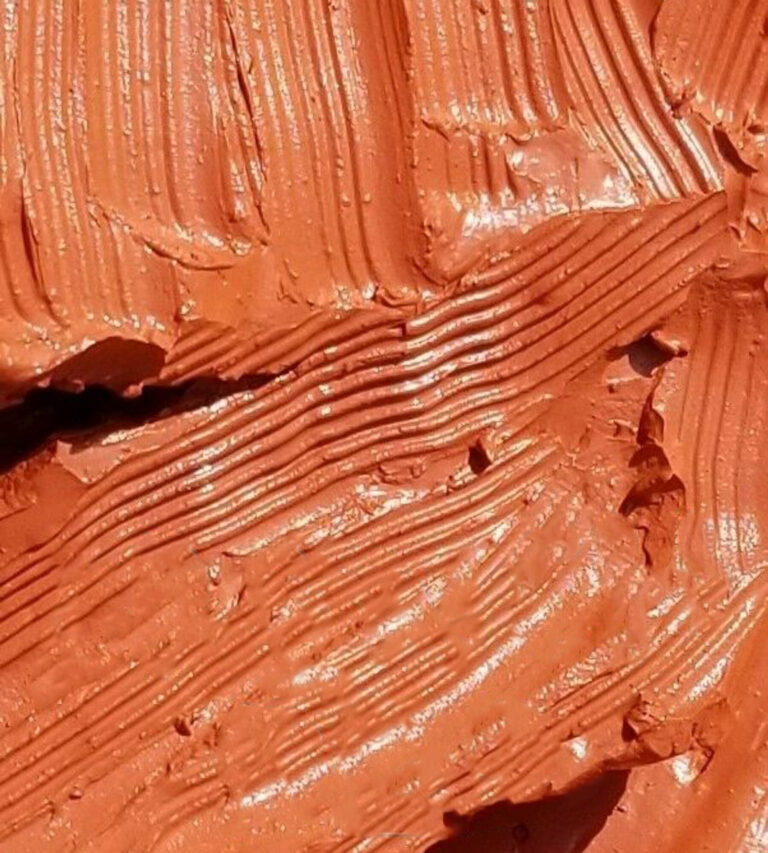How to Make Your Suspects Believable to Keep Readers Guessing

Suspects are the lifeblood of your mystery. Without them, your mystery sleuth would have no challenges and solve the mystery in an instant. While evidence, clues, and red herrings help your reader keep guessing, the suspects provide personal interaction with your sleuth. That interaction is the story world that keeps your reader turning pages.
Your challenge as a mystery writer is to create characters that challenge your sleuth. Your detective must track down, examine, and determine each suspect’s relationship to the victim. Each interaction with a suspect drives your sleuth – and your reader – toward the final solution.
Create a Suspect with a Secret
Each suspect had a relationship with the victim. Use that relationship to provide insight into the victim’s world. But, each suspect also has a private life. That private life is what drives the interaction with your sleuth.
Start your suspect by building a rich background.
- Life related to the victim
- Personal life not related to the victim
- Secrets they want to keep hidden
- Lies they tell to preserve the secrets
Go way beyond The Thug as a character. Give the thug a name, a background with relationships, a physical fallibility, and emotional weakness. Adrian McKinty creates a memorable layered hitman, Markov, in his novel Falling Glass in a relationship with his girlfriend which up the stakes of his assignment.
Authors like Ruth Rendell, Ann Cleeves, and Elizabeth George build their mysteries on deep psychological character portrayals. Even if you are not writing a “psychological” mystery, you’ll build reader engagement by delving into your characters.
The Suspense Secret
The more readers see your characters hiding secrets the more they engage in solving the mystery. Your sleuth works hard to uncover the secrets suspects hide. Your readers will work just as hard as suspects throw up screens and hide personal secrets.
The secrets your suspects harbor do not need to be related to the murder. A suspect can appear suspicious by hiding a personal secret that doesn’t relate to the victim or the murder. The very act of attempting to hide a secret creates tension in your story. Tension keeps readers turning pages.
Rich supporting characters give your readers an engaging reading experience. The obstacles they create for your sleuth are obstacles for readers who are trying to solve the mystery.
Your Suspect’s Personality
Give each suspect a unique personality. If you are thinking suspect 1, suspect 2, suspect 3, etc. your story will feel flat. Each personality will respond in a distinctive way to your sleuth.
Think about ways each suspect will create obstacles for your sleuth. If everyone were cooperative and told everything they knew, you wouldn’t have much of a mystery.
Those interactions and consequent frustrations emotionally tie your reader to the story. You’ll raise questions about how the sleuth will respond to aggression, hesitancy, reluctance, mockery, attempted seduction, or any other problem you dream up for their personality.
The plot creates the puzzle, but the characters tie the reader to the story. A detailed character bible helps you create a strong story filled with interaction among a variety of character types.
Three-dimensional characters bring your reader into the story and make them care about the outcome.
The Suspect and the Victim
Every suspect had a relationship to the victim. You might choose one who is open about their relationship with the victim. For the others, let them hide aspects of their relationship. That way your sleuth will uncover layers as the story progresses.
The best way to think about suspects is to give each one a secret. Then give them lies to cover up the secret.
The Secret
Along with the character’s context in the story, his ability to lie to hide a personal secret is a device you can use to confound your sleuth.
The personal secret can be about the relationship with the victim, or it can be a secret about something else the character doesn’t want to reveal. Either way, the suspect is holding back from your sleuth.
Everyone has secrets. You won’t have to dig much to come up with a secret for each of your suspects.
At some point, your sleuth will discover the cover up.
But, meanwhile your suspect needs a lie to cover up the secret.
The Lie
Whether the secret is about the victim or something else, your suspect has a regular lie they use to hide the secret. It’s worked with everyone else, so they expect it to work with the sleuth as well.
The lie is practiced and easy to tell because it is well rehearsed.
The Last Ditch Lie
If your sleuth penetrates the first lie, then the suspect may have a deeper lie, perhaps one they tell themselves, to protect the secret.
Once your sleuth starts probing, the suspect’s lie may fall apart. This one is not so well rehearsed. The suspect may mix up the story. And, your sleuth uncover the lie.
For most suspects, this will be uncomfortable but it won’t solve the mystery puzzle for the sleuth. If the suspect is the villain, this can be the turning point.
Believable Characters Make the Best Suspects
Take the time to create three-dimensional characters as suspects. You’ll keep your sleuth guessing and your readers wondering.
The more complicated and differentiated your suspects are, the more difficult you make identifying the villain.
Photo by Max Harlynking on Unsplash






